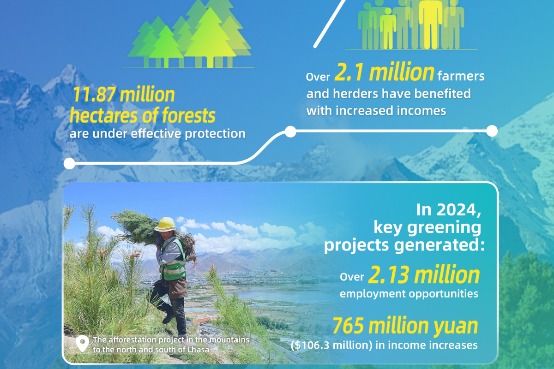Asteroid dust likely killed dinosaurs, study finds

PARIS — Around 66 million years ago, an asteroid smashed into Earth, killing off three-quarters of all life on the planet — including the dinosaurs.
This much we know.
But exactly how the impact of the asteroid Chicxulub — bigger than Mount Qomolangma, also known as Mount Everest — caused all those animals to go extinct has remained a matter of debate.
The leading theory recently has been that sulfur from the asteroid's impact — or soot from global wildfires it sparked — blocked out the sky and plunged the world into a long, dark winter, killing all but the lucky few.
However, research published on Monday based on particles found at a key fossil site reasserted an earlier hypothesis: that the impact winter was caused by dust kicked up by the asteroid.
Fine silicate dust from pulverized rock would have stayed in the atmosphere for 15 years, dropping global temperatures by up to 15 C, researchers said in a study in the journal Nature Geoscience.
Back in 1980, father-and-son scientists Luis and Walter Alvarez first proposed that the dinosaurs were killed off by an asteroid strike that shrouded the world in dust.
Their claim was initially met with some skepticism — until a decade later when the massive crater of Chicxulub was found in what is now the Yucatan Peninsula on the Gulf of Mexico.
Now, scientists largely agree that Chicxulub was to blame.
But the idea that it was sulfur, rather than dust, that caused the winter has become "very popular" in recent years, Ozgur Karatekin, a researcher at the Royal Observatory of Belgium and study co-author, told Agence France-Presse.
Karatekin said this was because the dust from the impact was thought to be the wrong size to stay in the atmosphere for long enough.
For the study, the international team of researchers was able to measure dust particles thought to be from right after the asteroid struck.
The particles were found at the Tanis fossil site in the US state of North Dakota.
Though 3,000 kilometers away from the crater, the site has preserved a number of remarkable finds believed to be dated from directly after the asteroid impact in sediment layers of an ancient lake.
The dust particles were around 0.8 to 8.0 micrometers, just the right size to stick around in the atmosphere for up to 15 years, the researchers said.
Entering this data into climate models similar to those used for current-day Earth, the researchers determined that dust likely played a far greater role in the mass extinction than had previously been thought.
Agencies Via Xinhua

Today's Top News
- Xi to review troop formations lining up along Chang'an Avenue during V-Day parade
- The great power game behind the Alaska summit
- Tariffs and the new geopolitics of the Amazon
- Xizang's meteoric rise proves true
- Xizang strides toward modernization
- Loans boost development in Global South






























